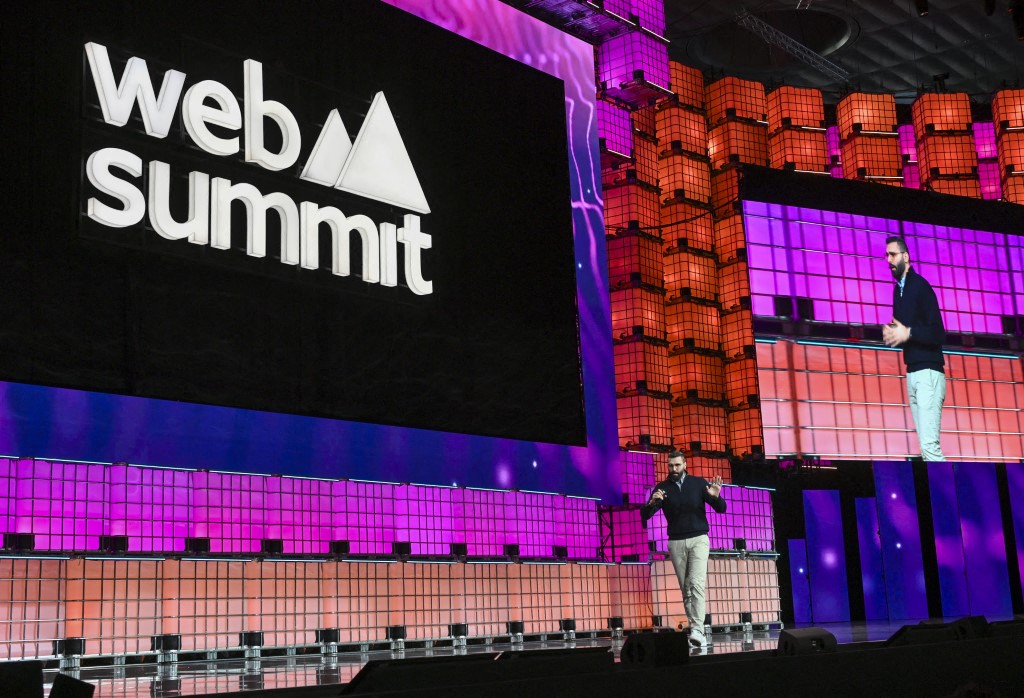Being the oldest sibling in our household, I've found myself constantly harping on my 15-year-old brother about his forever-spiking screen time. I was forced to set strict limits on his gaming hours when I noticed his obsession with Fortnite. The first few months were a struggle. He'd sneak in gaming sessions when I wasn't around, and whenever I caught him, I'd tighten the restrictions even more. But, over time, his behavior changed – and it took me by surprise.
I noticed he only chose to use his hours when his friends were available. And, if they weren’t, he’d choose not to game. I realized how the obsession wasn’t the game itself but the entire experience of play, further enhanced by the sense of community – an insight worth exploring.
I had the privilege to sit down with Fabio Tambosi, Senior Vice President of Global Marketing at EFG – a gaming and esports company aimed at uniting gamers, players, and creators across the globe. Tambosi identifies Gen-Z's growing force and interest in gaming to be a significant part of the “normal cycle of evolution and growth.” This in light of the ever-evolving consumer behavior and the growing sense of belonging to a community.

"The esports industry isn't in competition with traditional sports; it's a unique outlet embraced by the future generation," says Tambosi. With that being said, it’s time brands grab the controller and find ways to engage with this young and dynamic gaming community.
We've established that gaming provides Gen-Z with a sense of connection, belonging, and growth. With 88% of Gen Z playing games and 68% consuming gaming-related content, the social gaming market is projected to reach $76.8 billion by 2029.
But what can brands get out of it?
“Brand relevance,” answers Tambosi. “Consumers are always going to be loyal to the things they love, and by unlocking their way into a certain community, brands can express authenticity, building deeper connections,” he expands.
In an age of depriving attention spans, Tambosi cites gaming and esports as the solution. “Brand leaders need to educate themselves on the significance of the gaming and esports culture. Gen Z represents about 70% of the Saudi population and accounts for 26% of the global population, comprising 37% of the global workforce. With a spending power of over $30 billion, Gen Z is poised to surpass Millennials in spending by 2030. Gaming and esports offer marketers a crucial currency: audience captivity,” he explains.
Drawing on the challenge of retaining this attention span, Tambosi suggests how gaming presents a goldmine for marketers and brands, “Gaming tournaments, for instance, draw massive crowds, showcasing the depth of engagement within this community. From passive consumption to participative consumption, where viewers actively engage, – the opportunities are abundant. Moreover, Gen Z's native affinity for gaming eliminates the barrier of adoption, leading to what we call 'generational fandom,' evident in scenes of families attending events together."
Another convincing aspect of this field is monetization, presenting another mine to drive effective conversions for brands and marketers. Going by data, 17% of Gen Z makes daily gaming in-app purchases. "We need to disrupt monetization because the traditional methods no longer align with global commerce and the fragmented nature of the industry,” adds Tambosi.
“From an engagement standpoint, there's a shift in consumption behavior towards snackable, bite-sized content rather than long-form. Microtransactions play a pivotal role in monetization, particularly from the perspective of game publishers. This involves in-game purchases and community co-creation. There's also a transition from passive watching to active engagement, with less emphasis on media rights compared to traditional sports.”
One compelling example of successful engagement is ESL One's partnership with DHL, which effectively captured the attention of a younger audience through prominent placement at gaming tournaments.






